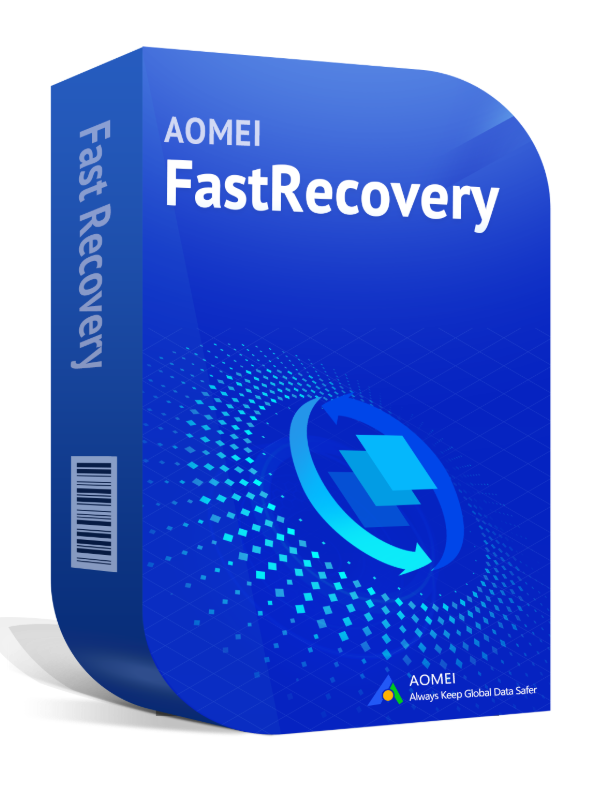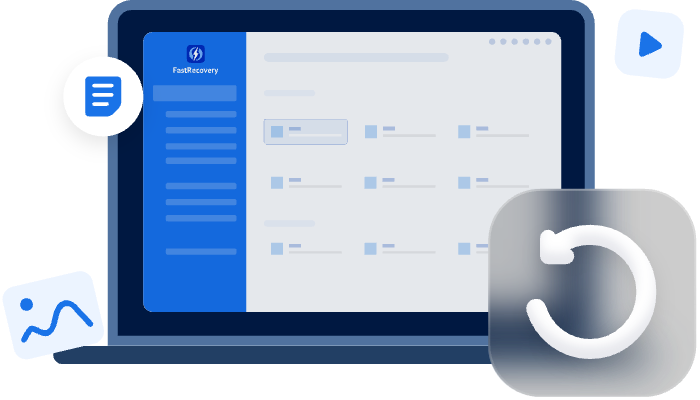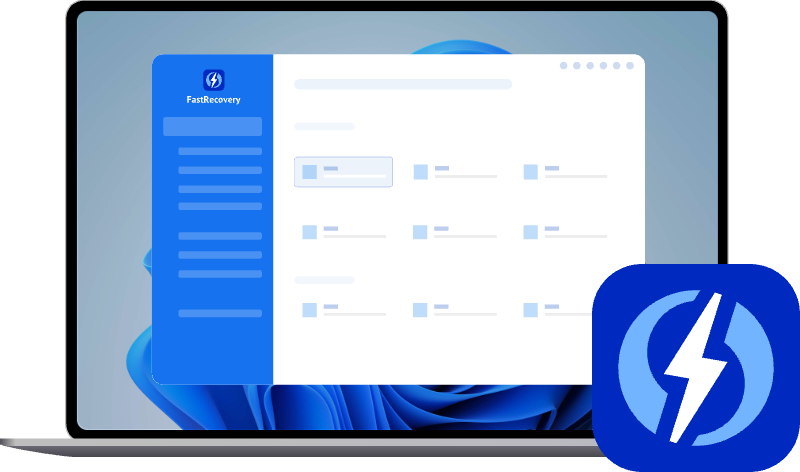How-to Guide: Recover Deleted Audio Files from SD Card (FREE)
This article describes a free, simple and effective data recovery software- AOMEI FastRecoveryand how to recover deleted audio files from SD card effectively in 3 quick steps.
Can I recover deleted audio files from SD card?
“Need to recover some deleted videos from an SD card that was in an android device.. what’s the best free software to preview the files before recovery?” -From the Reddit forum
If you are a music lover, you may not want to lose any of your favorite songs. But sometimes you may accidentally delete audio files which is the biggest cause of data loss.
Pro Tips to recover audio files from SD card
To increase the success rate of recovering deleted audio files, including MP3 files, here are some professional tips to follow:
- ⏳ Act fast: The earlier you try to recover deleted audio files, the higher the success rate will be. Do not record any new audio or add other data to it as these operations might overwrite the deleted files.
- ⛔ Stop using your device immediately: You need to stop using your device after realizing data loss. Any write operation will cause data overwriting and make the recovery process more difficult.
- ✅ Employ reliable data recovery software: Usually, employing reliable software (e.g. AOMEI FastRecovery) to recover deleted audio files has a higher success rate, even permanently deleted audio files.
- 🔎 Check any backup available first. If you backup audio files to cloud storage like Google Drive, or Windows PCs, you can try to restore files from the backup.
How to recover deleted audio from SD card
Here are 3 proven methods to recover deleted audio files from SD card.
Way 1: Recover deleted audio files from SD card using software
AOMEI FastRecovery is a free, simple, and effective data recovery software that can recover deleted audio files, videos, images, archived files, etc., from SD cards on Windows 11/10/8/7without any obstacle.

- It has a free version that can recover data up to 500MB.
- Intelligent use of Quick Scan and Deep Scan in different devices to find files in the shortest time.
- Deep scanning is always available to find more data.
- Recover different audio files, such as MP3, WAV, AIFF, WMA, VQF, OGG, ARM, APE, etc., as well as other data types, more than 1000+ file formats.
- Search, filter, preview, and recover files while scanning, greatly saving your precious time.
- Recover specific files or folders instead of all.
- Work perfectly with NTFS, FAT32, exFAT, ReFS file systems, and different devices.
- Recover data in any scenarios, such as accidental deletion, formatting, virus infection, lost partition, etc.
Now, download free Windows data recovery software and install it on a Windows PC to get started.
Step 1. Select and scan your SD card
Open AOMEI FastRecovery after installing. Then, hover the mouse over the SD card where the audio files were deleted and click the Scan button to get started.
Step 2. Find deleted audio files quickly
It will start Quick Scan automatically to find deleted or lost files. The process is fast, so you won't have to wait long. More flexibly, you can search or filter files quickly during scanning. It also allows you to preview files before recovering.
- Search box: Directly type the audio file name or extension in the search box. It’s recommended to recover specific files or folders.
- Filter: Click the funnel-shaped button to specify the “Audios” data type and its size (<128KB, 128 KB~1 MB, etc.) to narrow your search.
- Preview: Double-click the files to preview in a clear thumbnail, including,ico, jpg, png, bmp, jpeg, tif, svg, gif, ico, mp4, mp3, txt, xlsx, pdf, ini, docx, etc.
Step 3. Recover audio files from SD card
Once found, select the desired audio files and click the Recover button to recover deleted audio from SD cards. If you don’t want to recover certain files, leave the checkboxes blank. Please select a new location to store the recovered audio files to avoid data overwriting.
Way 2: Recover deleted music files from Google Drive
If you are using Android devices, you must check your cloud storage (e.g. Google Drive) for deleted music files. You can check this on your Android device or online.
From Android device:
Step 1. Open the Google Drive app on your Android device.
Step 2. Tap on the Backups section.
Step 3. Browse and select the backup containing deleted music files. Then, click the Download button to restore.
From Google Drive:
Step 1. Open a web browser and navigate to https://drive.google.com/. If this is your first time to use it online, you need to log in with your Google Drive account.
Step 2. Type the audio file name and press Enter to search the entire drive.
Step 3. Select the audio files and click the Download button to save them on your computer.
Way 3: Recover audio files from File History backup
File History is a built-in backup feature that can backup user data in Windows 8, 10, and 11. If you are using Windows 10, it integrates the “Add a folder” to backup specific files or folders including the audio files. Try it out if you enable File History before losing audio files. It also helps a lot in restoring previous versions of files.
Step 1. Type file history in the search box and select Restore your files with File History. This will open the File History window.
Step 2. Browse the latest backup to check if there are deleted audio files and click the Restore button. If not, click the left arrow to check the previous backup.
How to prevent losing audio files from SD card
If you don't want to lose your favorite songs, it's necessary to take some effective measures in the following.
Closing words
Whether you are using Android, digital cameras, or other devices, you can recover deleted audio files from SD card easily and quickly without any obstacle. You can check for any backup available first. If not, using powerful data recovery software AOMEI FastRecovery will be the best choice.
It can directly scan the SD cards to find deleted or lost files and recover them, even without a backup. It’s highly compatible with different audio files and integrates with more flexible recovery options, making this process simple.

